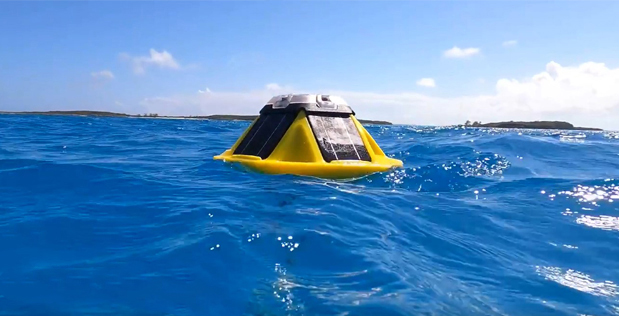
The Defense Advanced Research Projects Agency (DARPA) has launched its Forecasting Floats in Turbulence (FTT) challenge in search of technology that can predict the location of sea drifters or floats in a prospect of 10 days.
The challenge seeks participants to develop and submit algorithms that can predict drifting locations based on the ocean’s current. FTT is part of DARPA’s Ocean of Things program, which aims to generate maritime situational awareness via floats drifting across the ocean.
The agency expects FTT’s resulting models to have the potential to support oil spill predictions, maritime rescue operation, and ship route planning.
DARPA’s Ocean of Things (OoT) program seeks to enable persistent maritime situational awareness over large ocean areas by deploying thousands of low-cost, environmentally friendly, intelligent floats that drift as a distributed sensor network. Each drifter manages a suite of commercially available sensors to collect environmental data such as ocean temperature, sea state, and location as well as activity data about commercial vessels, aircraft, and even marine mammals moving across the ocean. The floats transmit processed reports when needed via satellite to a government-owned cloud network for storage and real-time analysis. Data from this floating distributed network supports Department of Defense missions as well as public oceanographic research and commercial applications.
Participants will receive access to a data set that covers 20 days of sea drift history. Sofar Ocean – a provider of ocean intelligence platforms – produced the spotters that generate this data.
“It’s incredibly exciting for us to partner with the team at DARPA to challenge teams to use this data to develop new approaches to accelerate ocean discovery and research,” said Tim Janssen, CEO at Sofar.
Full details about the FFT Challenge can be found at https://cvent.me/n9WmeY .
